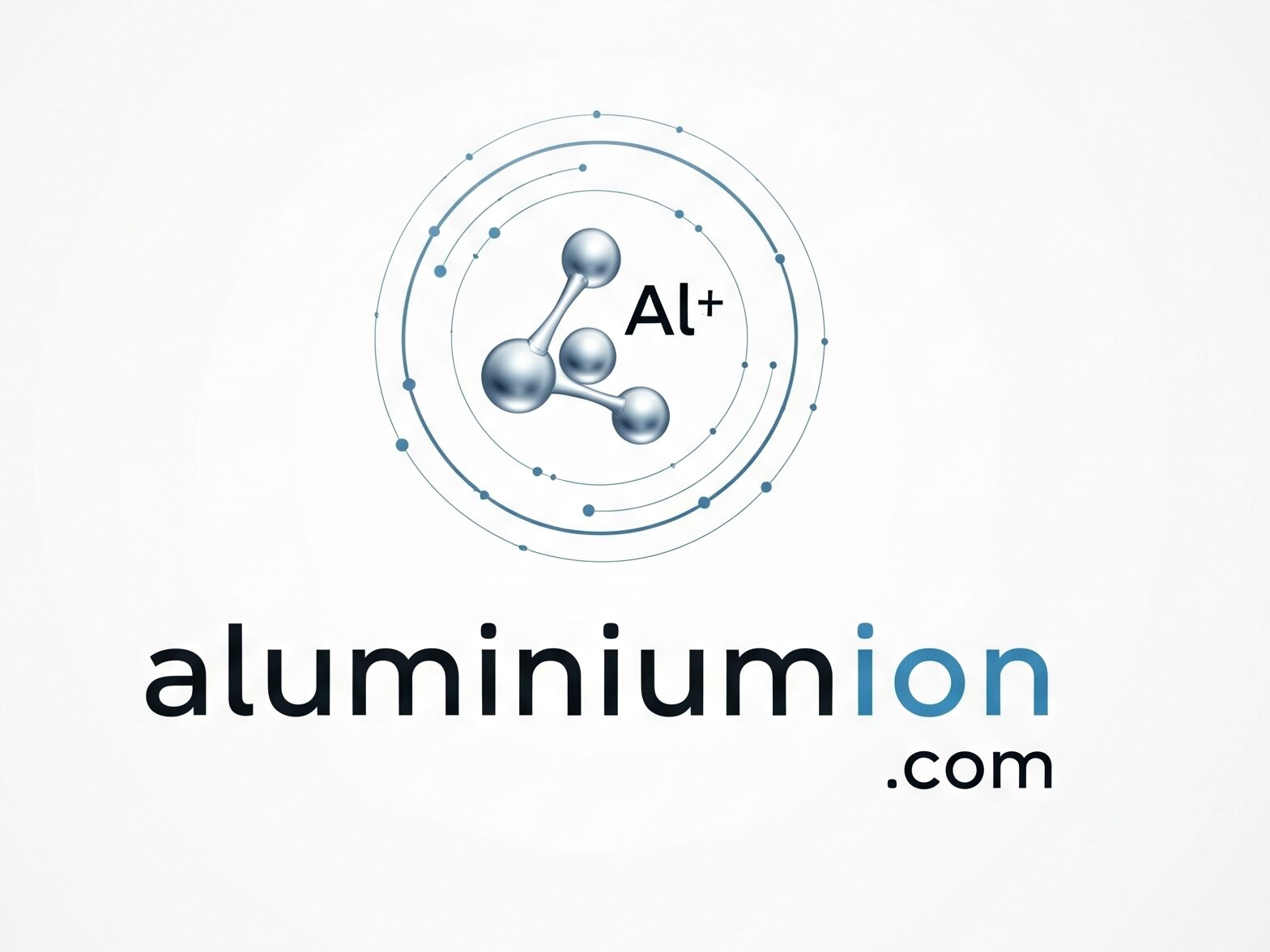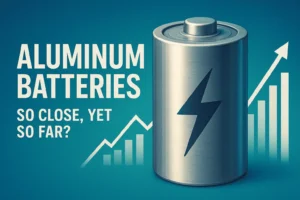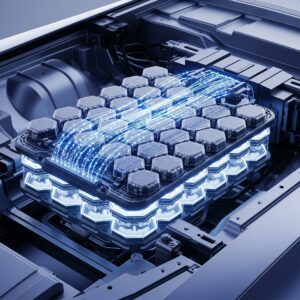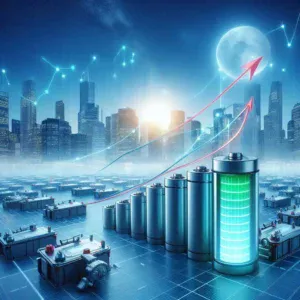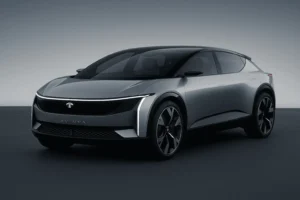Imagine charging your phone in seconds or powering an electric car for 1,000 miles on a battery made from one of Earth’s most common metals. Sounds like sci-fi? Meet graphene aluminum-ion batteries—the underdog tech quietly threatening to dethrone lithium-ion. Let’s break it down without the jargon.
The Basics: What’s the Big Deal?
Think of this battery as a high-speed train for energy:
- Seats (Anode): Aluminum foil – cheap, recyclable, and everywhere (your soda can is basically a battery waiting to happen).
- Tracks (Cathode): Graphene – a superhero material (it’s just carbon atoms in a honeycomb grid) that’s lighter than air but conducts electricity better than copper.
- Fuel (Electrolyte): A special liquid that shuttles aluminum ions like a molecular Uber.
When you charge, aluminum ions zoom from the foil to the graphene. When you use power, they race back. Simple, right?
Why This Battery Could Kick Lithium-Ion to the Curb
1. Speed Demon Charging
Lithium-ion batteries charge like a sleepy sloth. Graphene aluminum-ion? More like a cheetah on espresso.
- GMG (a Aussie startup) made a battery that charges 70x faster – imagine juicing your EV in the time it takes to order a coffee.
- Stanford researchers once charged a phone-sized version in 60 seconds. Your next iPhone might never need overnight charging.
2. “Set It and Forget It” Lifespan
Lithium-ion batteries throw tantrums after a few years (looking at you, old laptop). Aluminum-ion? They’re the Energizer Bunny’s cool cousin:
- GMG’s prototypes last 7,500+ cycles – that’s 20+ years of daily charging. Your future kid might inherit your car battery.
3. No Fireworks (Literally)
Remember exploding Samsung phones? Aluminum-ion batteries won’t even break a sweat:
- They stay cool (no fiery meltdowns).
- No toxic cobalt (so no shady mining in Congo).
4. Planet-Friendly MVP
- ♻️ Recyclable AF: 75% of all aluminum ever mined is still in use (your Tesla battery could become a bike frame… then a soda can… then another battery).
- 🌍 Cheaper than avocado toast: Aluminum costs 2/kgvs.lithium’s2/kgvs.lithium’s70/kg. Your next EV might cost $10k less.
The Cool Kids Working on This
- GMG (Australia): These guys turned lab experiments into coin-sized batteries. Next up? Powering cars and solar farms.
- Stanford Scientists: They’re tweaking graphene like Michelin chefs – adding holes and layers to make ions move faster.
- India & Israel: Betting big on aluminum batteries for rickshaws and off-grid villages.
“But Wait…” – The Hurdles
- Energy Density FOMO: Right now, lithium packs more punch (think: your phone dies quicker). But GMG’s prototypes are catching up – like upgrading from a scooter to a Tesla.
- Moisture Woes: The electrolyte hates water. Fix? Seal it tighter than a pickle jar.
- Big Oil Side-Eye: Lithium companies aren’t thrilled. (Surprise.)
Your Life in 2030 (If This Works)
- EV Road Trips: Charge for 5 minutes, drive 8 hours. Gas stations? More like “aluminum swap stops.”
- Solar Power 24/7: Store sunshine for rainy weeks (goodbye, blackouts).
- Phones That Outlive You: Upgrade because you want to – not because your battery died.
Why Should You Care?
This isn’t just tech nerdery. It’s about:
- Cheaper, cleaner energy for everyone.
- Breaking free from lithium’s limits (and its baggage).
- Making The Jetsons look outdated.
🔥 The Bottom Line
Graphene aluminum-ion batteries aren’t perfect yet – but they’re racing toward a future where energy storage is safer, cheaper, and stupidly fast. Keep an eye on this space… because your next battery might just be made from recycled beer cans.
💬 Over to You
Would you swap your lithium gadgets for aluminum? Drop a comment – let’s geek out!
